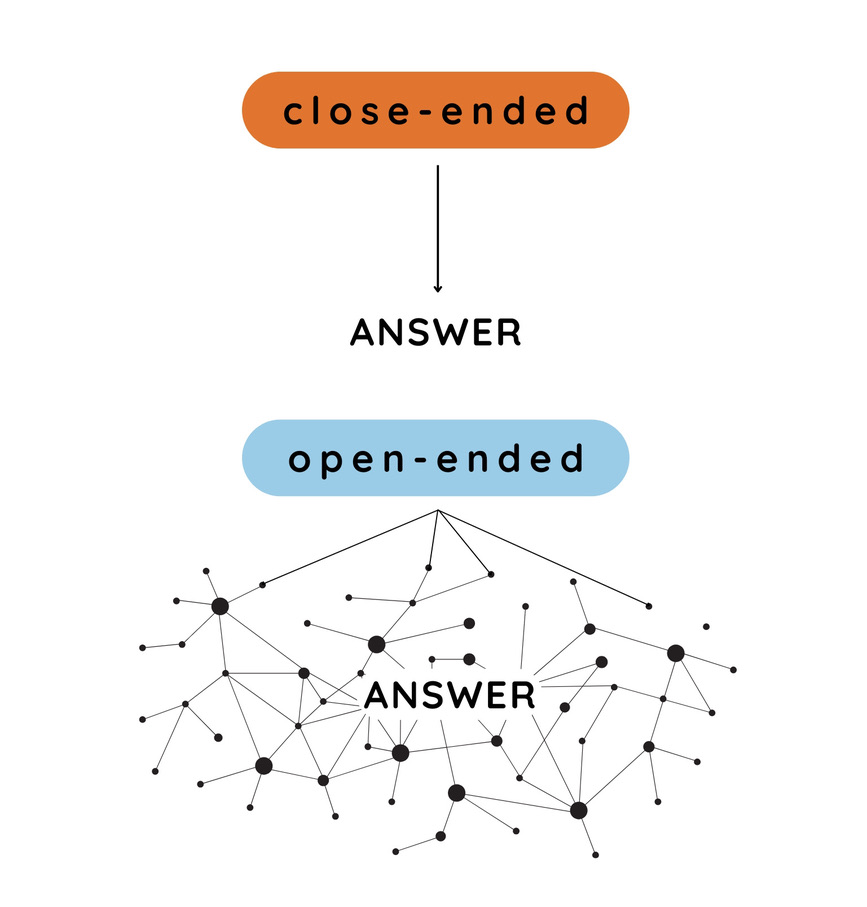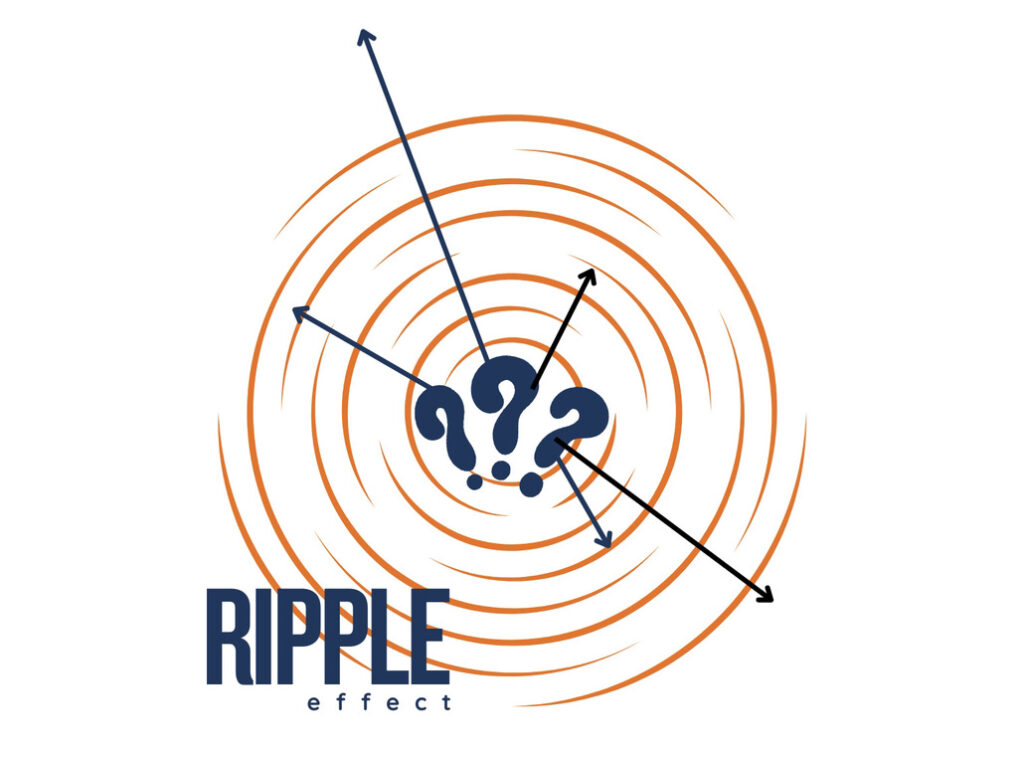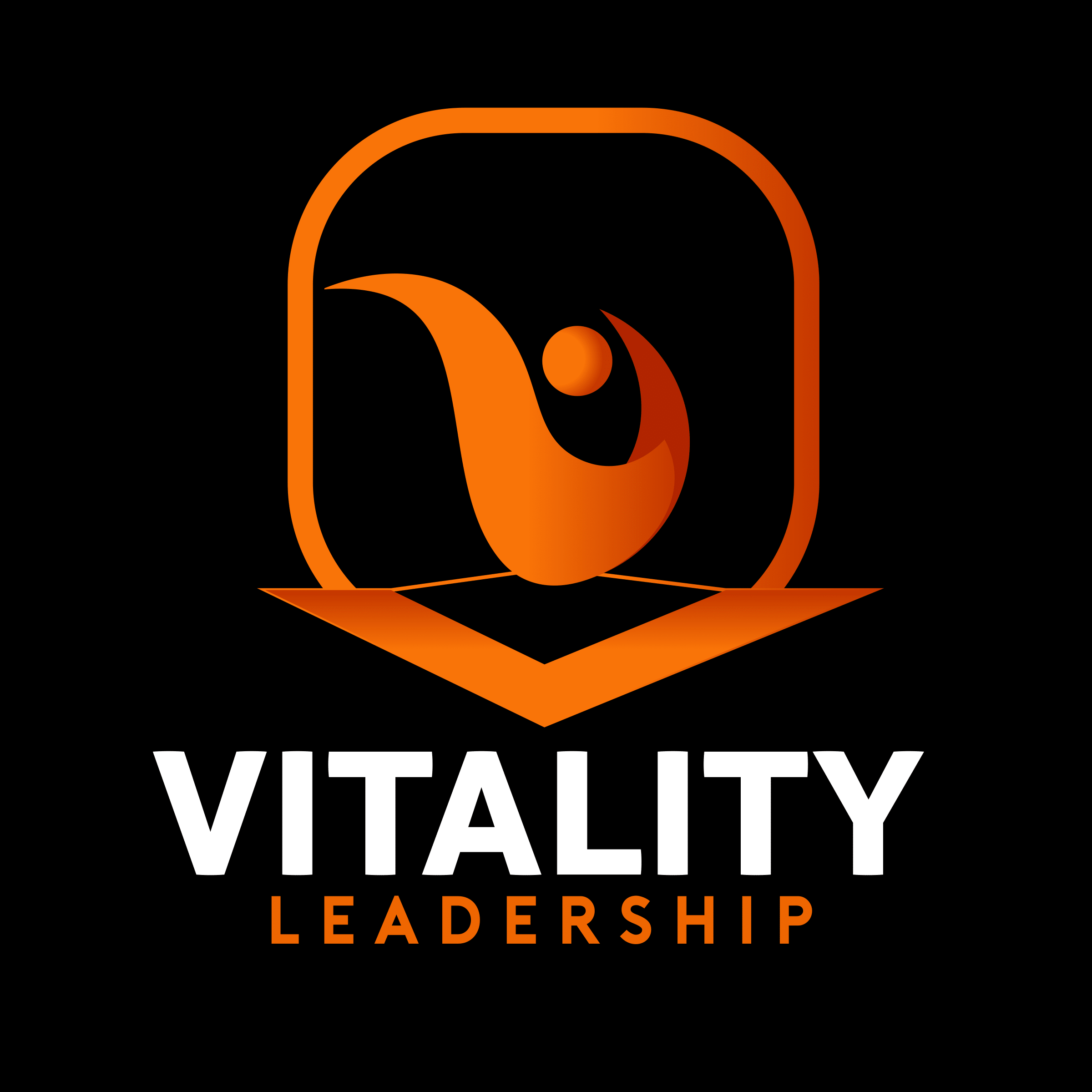“The leader of the past may have been a person who knew how to tell, but certainly the leader of the future will be a person who knows how to ask.” – Dr. Peter Druker
In the heat of battle, King Leonidas of Sparta didn’t just command his warriors—he shaped their mindset with high-energy leadership. Standing against an overwhelming Persian army, he didn’t fill his men with fear or uncertainty.
Instead, he turned to them and asked, “Spartans, what is your profession?”
The resounding battle cry wasn’t just an answer—it was a surge of energy, a declaration of identity, strength, and unity that shifted the battlefield’s momentum.
High Energy Leadership isn’t about having all the answers—it’s about asking the right questions that fuel engagement, build ownership, and drive action. Leonidas knew that his warriors’ strength came not from orders alone, but from the energy and conviction they carried into battle. The same principle applies whether you’re leading a team in the office, coaching a business, or guiding your family. The questions you ask shape the energy of your culture, creating clarity, confidence, and commitment in those you lead.
Questions drive connections. As a professional father, knowing how to harness and when to implement this skill in everyday operations can change the course of office-based and at-home relationships.
Defining a Question
If you were to spend a day making a list of every question you encountered- whether you were the interrogator or interrogee- chances are you would have a Kung-Fu Panda style scroll by the end of the 24-hour time period. From a casual “I know, right?” response to a more urgent “Weren’t you supposed to pick up the kids?”, the amount of questions accumulated in a day could fill a novel.
But not all open-ended questions are created equal. The most influential coaches, leaders, and thinkers have mastered the art of great questions—the kind that shift perspective, energize conversations, and unlock new possibilities.

So, what do we mean by this? (See, your scroll is already accumulating.) An open-ended question is one that cannot be answered with a simple “yes” or “no.” Differing from a rhetorical question that prompts the listener to reflect internally without vocalizing, an open-ended question typically leads to an elaborated, verbal response.
When professional fathers learn how to harness the power of a strong open-ended question, connection and intention grow.
How Great Leaders Ask Great Questions
The workplace is filled with questions—but not all of them fuel High Energy Leadership. Some spark engagement and innovation, while others shut down momentum and limit possibilities.
Of course, questions in the office are inevitable, but it can be challenging to find ways to implement open-ended questions into the natural ecosystem of the workplace.
The difference? Intentional, open-ended questions that shift energy and invite new possibilities.
Curious questions form a ripple that opens the door to more insightful conversation. The second a leader asks a question that is intended to incite a specific answer, it is no longer an open-ended question, it’s a dead-end question. A leader’s goal in maintaining these open-ends is to take a moment to digest their colleagues’ responses.
Team members may be used to the typical inquiries regarding project timelines, assignment updates, or meeting availability, but the right question patterns can be the difference between a well-oiled machine and a buzzing hub for innovation.
Let’s explore the patterns that make questions truly transformative and enhance the synergy in your ecosystems.
1. The Curiosity-Driven Question
Curiosity is the foundation of creativity and learning. When leaders ask curious questions, they invite exploration rather than demanding quick answers. This encourages team members to share their pie-in-the-sky ideas, while removing the fear of being “wrong.”
When brainstorming or problem-solving
- Instead of: “What’s the problem?”
- Ask: “What possibilities haven’t we considered yet?”
- Ask: “What unique approaches can we take to overcome this challenge?”
When a team member feels stuck:
- Instead of: “Why isn’t this working?”
- Ask: “What’s one small experiment we could try?”
- Ask: “If resources and time weren’t a limitation, what would you propose?
Curious leaders create workplaces where people feel safe to explore without fear of being wrong—a critical element of High Energy Leadership, where engagement and innovation thrive.
2. The Ownership Question.
Ownership questions empower people rather than keeping them in a reactive mindset. They move the conversation from blame to action. Encourage your team to identify issues and brainstorm fun solutions, promoting a sense of ownership within any sort of project.
When facing setbacks:
- Instead of: “Who is responsible for this mistake?”
- Ask: “What’s within our control to improve this?”
- Ask: “What do you think is causing this issue, and how can we address it?”
When Encouraging self-ownership:
- Instead of: “Do you need help?”
- Ask: “What would help you feel more confident in tackling this?”
High Energy Leadership thrives on ownership. When leaders ask questions that empower rather than direct, they shift the dynamic from passive participation to full engagement. Ownership questions help employees take initiative and develop a problem-solving mindset.
3. The Challenge Question
Some of the greatest breakthroughs happen when leaders challenge what’s possible. These questions push the limits of what teams believe they can achieve. These Intentional questions show that a leader values their team’s input, making all members feel heard and respected.
In strategy or vision meetings:
- Instead of: “Can we meet this goal?”
- Ask: “What would it take to 10x this result?”
When Creating fresh perspectives:
- Instead of: “Is this idea feasible?”
- Ask: “If we had unlimited resources, how would we approach this?”
- Ask: “What are some potential risks we haven’t considered yet?”
High Energy Leaders don’t just maintain the status quo—they challenge it. Challenge questions create a culture of bold thinking and smart risk-taking, where people push past limitations and explore what’s truly possible.

4. The Reflective Question
Reflection fuels continuous improvement. Great leaders ask questions that encourage self-awareness and learning from experience. When leaders conduct their own self-reflection questions and share their findings with the team, it creates a sense of unity within the morale.
In performance reviews or team debriefs:
- Instead of: “What went wrong?”
- Ask: “What’s one insight from this project that will make the next one even better?”
- Ask: “What might motivate us to perform at our best next time?”
Empower teammates to navigate challenges:
- Instead of: “Are you doing okay?”
- Ask: “What’s something you’ve learned about yourself through this?”
Reflection fuels High Energy Leadership because it shifts people from reacting to learning. Reflective questions turn challenges into stepping stones for growth and create a culture where continuous improvement is the norm.
5. The Vision Question
Great leaders don’t just focus on tasks—they focus on transformation. Vision questions help employees see the bigger picture. These are game changers when it comes to performance reviews, mentoring sessions, or career planning meetings. From questions about future goals to sharing struggles of a recent project, the right line of questioning cultivates trust.
In career growth conversations:
- Instead of: “What’s your next step?”
- Ask: “What’s the impact you want to create in the next five years?”
- Ask: “What are your biggest achievements this quarter, and what lessons have you learned?”
Help teammates align with purpose:
- Instead of: “Why are we doing this?”
- Ask: “How does this work connect to our bigger mission?”
- Ask: “What are your thoughts on how we can improve the team’s workflow?”
High Energy Leadership is fueled by purpose. When people connect their work to meaningful impact, they bring more energy and commitment to it. Vision questions help leaders paint a compelling picture of what’s possible, motivating teams and families alike.
How Great Questions Strengthen Family Bonds
The questions above aren’t just for the workplace—they’re the foundation of High Energy Leadership in every environment. Great leaders and extraordinary minds use these questions to shift energy, open up possibilities, and create deeper relationships. Just as these questions drive innovation at work, they also strengthen connection, trust, and confidence at home.
Making sure the family feels heard and valued is one of the most important components in the Dad Job Description, but can easily be overlooked without the right tools. Check out these scenarios below to see how you can weave this skill into your at-home conversations.
DEEPEN RELATIONSHIPS AS A FATHER
Open-ended questions allow fathers to truly understand the feelings and dreams of their spouse or children. To build emotional bonds and display genuine interest in their lives, try questions as simple as:
- “What’s been the best part of your day so far?”
- “What’s something you’re really looking forward to this week?”
PROBLEM SOLVING WITH YOUR WIFE AND KIDS
Just like in an office-setting, encouraging children to think critically and take ownership of their choices through the use of intentional questions can boost confidence and independence. You may try:
- “What do you think is the best way to handle this situation?”
- “What would you do differently if this same situation happened again?”
CHATTING FOR PURPOSE AND PLAY
As a father in a bustling household, it can be easy to forget just how much your tone, actions, and choice of dialogue shift the environment in-house. Leading a safe space for open dialogue ensures that everyone feels heard and valued within a family. Promote collaboration with questions like:
- “What’s something you’d like us to do together as a family more often?”
- “How can we make things better for everyone at home?”
The Aftermath of a Great Question
A great question doesn’t just open a conversation—it creates High Energy Leadership. Like a single drop of water hitting a still surface, the impact of a thoughtful question ripples outward, shaping decisions, behaviors, and relationships long after it’s asked.
At work and at home, High Energy Leaders aren’t the ones with all the answers—they’re the ones who ask the right questions.

